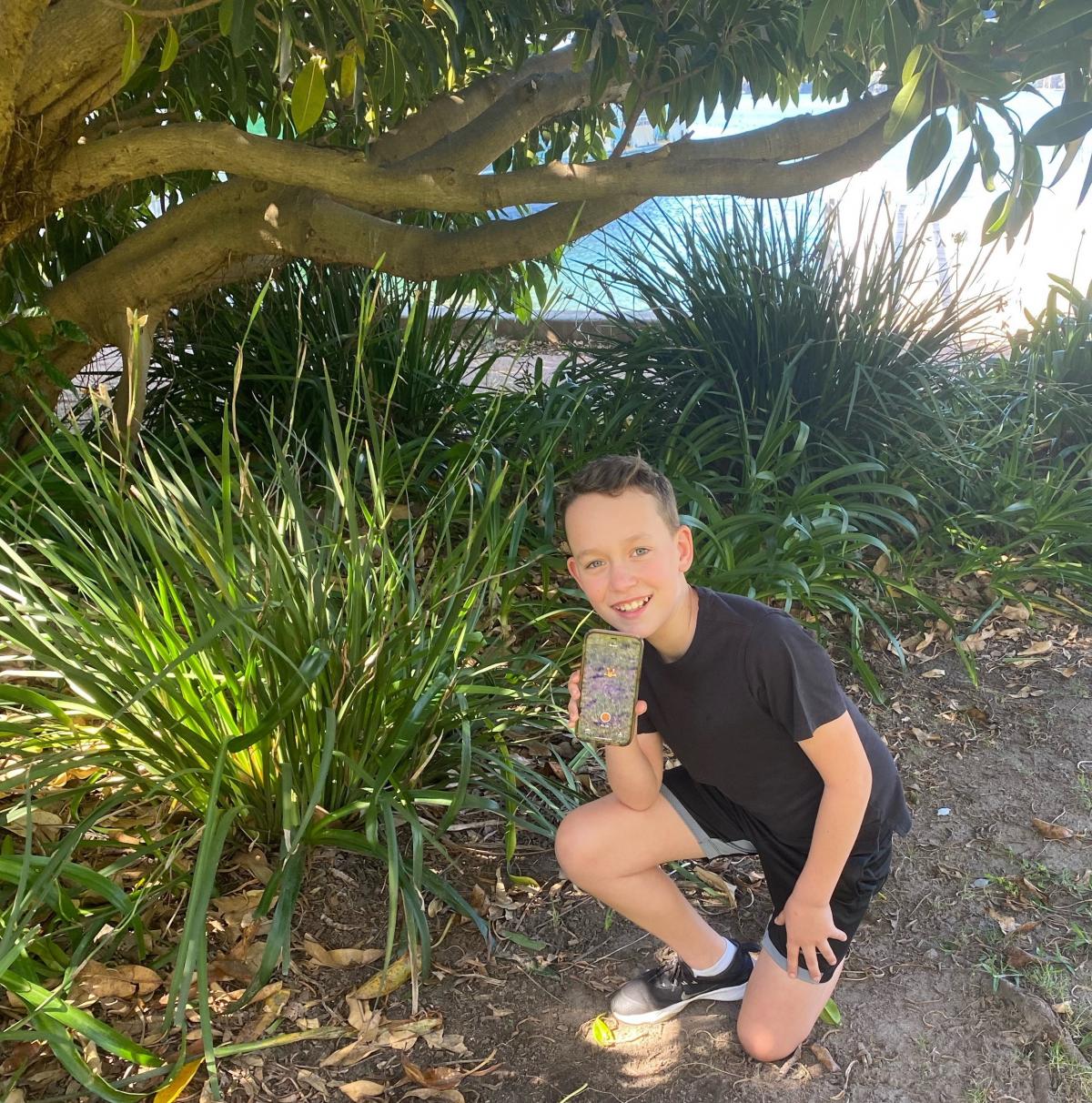Halloween is a time to celebrate all things spooky such as witches, frogs and bats, but across NSW, we're much more likely to see these creatures sweeping through the skies or hear their croaks and bleats in a pond rather than in a bubbling cauldron.
But even scarier than Halloween celebrations is the possibility of these native creatures disappearing forever. Because of this, the NSW Department of Planning, Industry and Environment has utilised digital solutions in an effort to save threatened Australian microbats. Saving our Species project officers collect data on hundreds of plants and animals through regular monitoring and surveys. Their findings are compiled annually and recorded in the Saving our Species database.
The database is an important tool to allow everyone to work together to protect NSW's threated species. The data is crucial in informing strategies and prioritise ways to conserve plants and animals effectively. Project Officer for the Saving our Species program, Dr Doug Mills uses a thermal camera, combined with software that was originally created to track missiles, to monitor populations of a type of vulnerable microbat known as the eastern bent-wing bat.
These mammals are one of the only Australian microbats known to migrate, with females travelling as far as 300km every year to pitch up at 'maternity' caves to birth and teach their young how to fly and feed. At the height of the season, there can be more than 20,000 bats in the colony. In NSW, the caves are located at Wee Jasper in the Goodradigbee Valley near Canberra, Bungonia near Goulbourn and Kempsey in the state's north.
Saving our Species makes a significant contribution to the body of knowledge about threatened species conservation and environmental management. They collect, collate and share that knowledge across government and research institutions, to help shape better practice and policy.The database is open to everyone, and anyone can look up threatened species in their local area to find out how they can help.
NSW customers can also use digital solutions to rescue Australian endangered species directly thanks to the FrogID app, a national citizen science project created to learn about Australia's frogs. The Australian Museum's Herpetology department is working closely with Australian Registry of Wildlife Health and government biosecurity and environment agencies to understand the scale of the mass frog deaths along the East Coast of Australia.
NSW customers can take part by downloading the FrogID App on their smartphone. By recording a frog call with FrogID, customers can discover which frogs live around their local areas and help scientists count Australia's frogs.
"I love exploring my local area with the frog app. I have learnt about different frogs and I think it's really fun to be helping scientists with their research!" said ten year old Ethan.

Other NSW Government apps available for citizens study and record precious plants, animals and their habitats include:
To learn more about how Saving our Species is using data to secure a future for our threatened species in NSW, you can subscribe to their monthly newsletter.